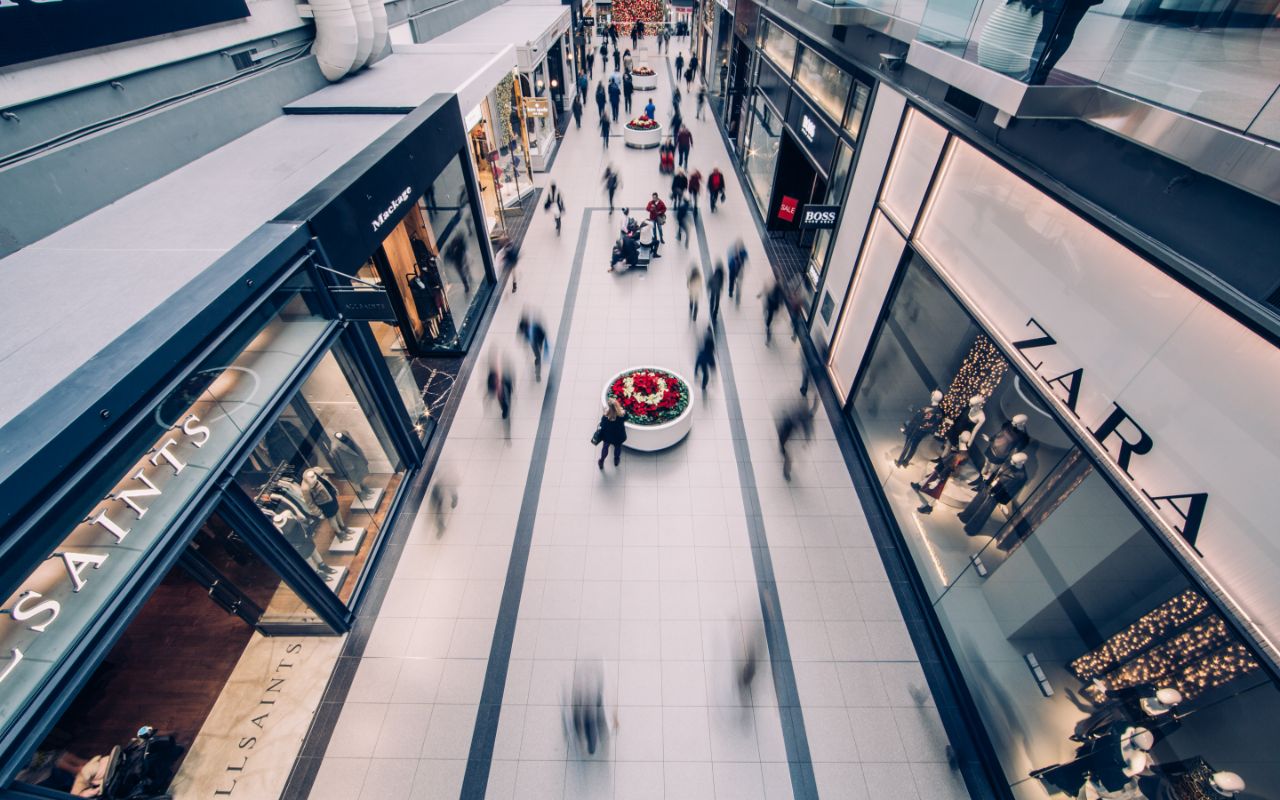Author, Suroor Anwar
Online shopping has become commonplace in recent years, and the COVID-19 pandemic further seals this claim. Crowded stores filled with shoppers fighting shoulder-to-shoulder for best-priced items are now a thing of the past. As people are forced to stay home, they are turning to online stores instead to hunt for bargains. Consumer habits have also changed as people become increasingly cost-conscious and are purchasing more health and home products.
To survive in this season and beyond, brands need to identify and differentiate temporary buying patterns from habits that will stay long after the pandemic is over. Brick and mortar stores will also have to rely more on technology in order to survive and identify new business models that address the long-term buying patterns of consumers.
The online marketplace. The closure of physical stores due to social distancing measures have gotten consumers much more acquainted with online purchasing. The older generation in particular, have been introduced to eCommerce and the convenience it brings. This has significantly accelerated growth on online platforms. To illustrate, Nestle’s eCommerce sales shot up 30% globally in just the first three months this year, while P&G reported a 35% growth in online sales over that same period. Even after retail stores reopen, it is highly unlikely that consumers will revert completely to their old habits.
The high demand for goods online has resulted in many eCommerce businesses having to overhaul their supply chains to meet consumer demands. At the same time, many brick and mortar shops have gone digital to keep their business running. When the pandemic is over, these businesses will have the added responsibility of balancing the demands of both online and offline customers, while ensuring the safety of their employees and customers. It is important for them to start thinking about how to best manage this new way of working before post-pandemic reality hits.
Physical stores will continue to operate. Of course, eCommerce cannot and will not replace physical stores. One key difference between online and offline retail is that when consumers walk into a physical store, they are able to get the items immediately upon payment. This feeling of immediacy is what eCommerce cannot fulfill. Because of this, sales in physical stores are expected to keep growing in the coming years.
Physical stores also provide another avenue for marketing. When consumers step into a store, they subconsciously engage with the brand. This gives companies the opportunity to clearly communicate their brand message while allowing customers to experience their product. That said, consumer behaviour will be different after the pandemic and it is important for businesses to anticipate this.
Preparing for shopping after the pandemic. Before COVID-19 took over the world, shoppers would freely touch and feel the products on the shelves before deciding to make a purchase. However, heightened hygiene awareness may make them more wary of doing so. Offering contactless payment options, for example, may become necessary for all businesses.
Crowd control will be another issue that retailers need to address, since customers may intentionally be looking for stores with more open spaces. Since prevention measures are also likely to continue post-pandemic, businesses will have to find ways to address these concerns. Tech solutions like the PeopleCounter maker can help businesses prevent the spread of viruses in their stores. The simple contactless device can be easily set up in under an hour and can help record the number of people entering and exiting the store. It will also help store owners indicate when it is safe for more people to enter while maintaining the recommended safe distancing measures.
As retail businesses continue to navigate their way through this pandemic, one thing is for certain: shoppers are now going online to look for goods, and this will continue long after the pandemic ends. At the same time, opportunities await brick and mortar stores as they adjust to new shopping habits and behaviours. While there are many ideas and solutions to be introduced to the future shopper, implementing the right technology to ensure the health and safety of employees and customers should be the first step.

Do you have an article, infographic, podcast, presentation slides, press release or a key individual from your organisation that you'd like to highlight on Marketing In Asia? Head on over to Upload Your Content for more info.



















